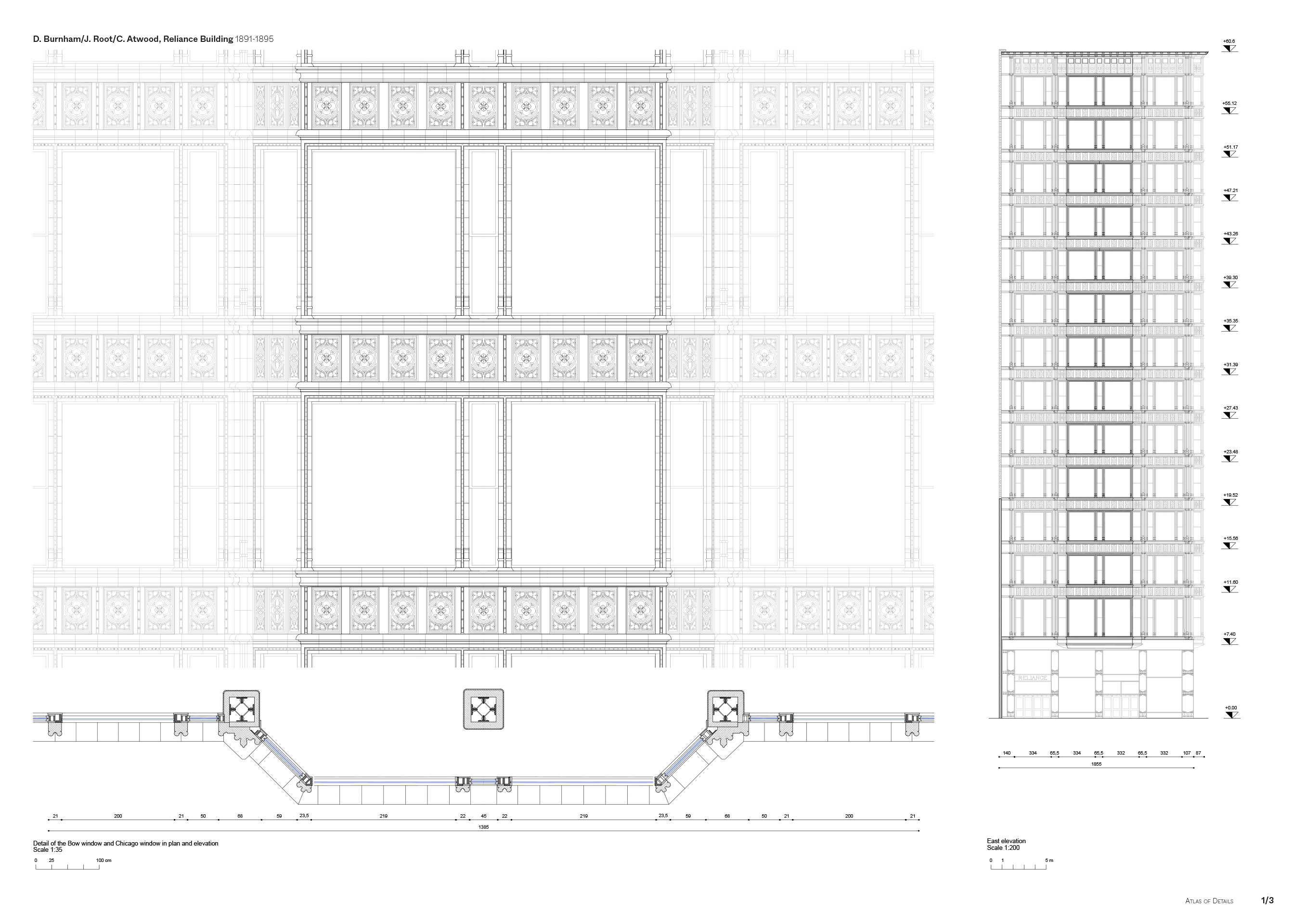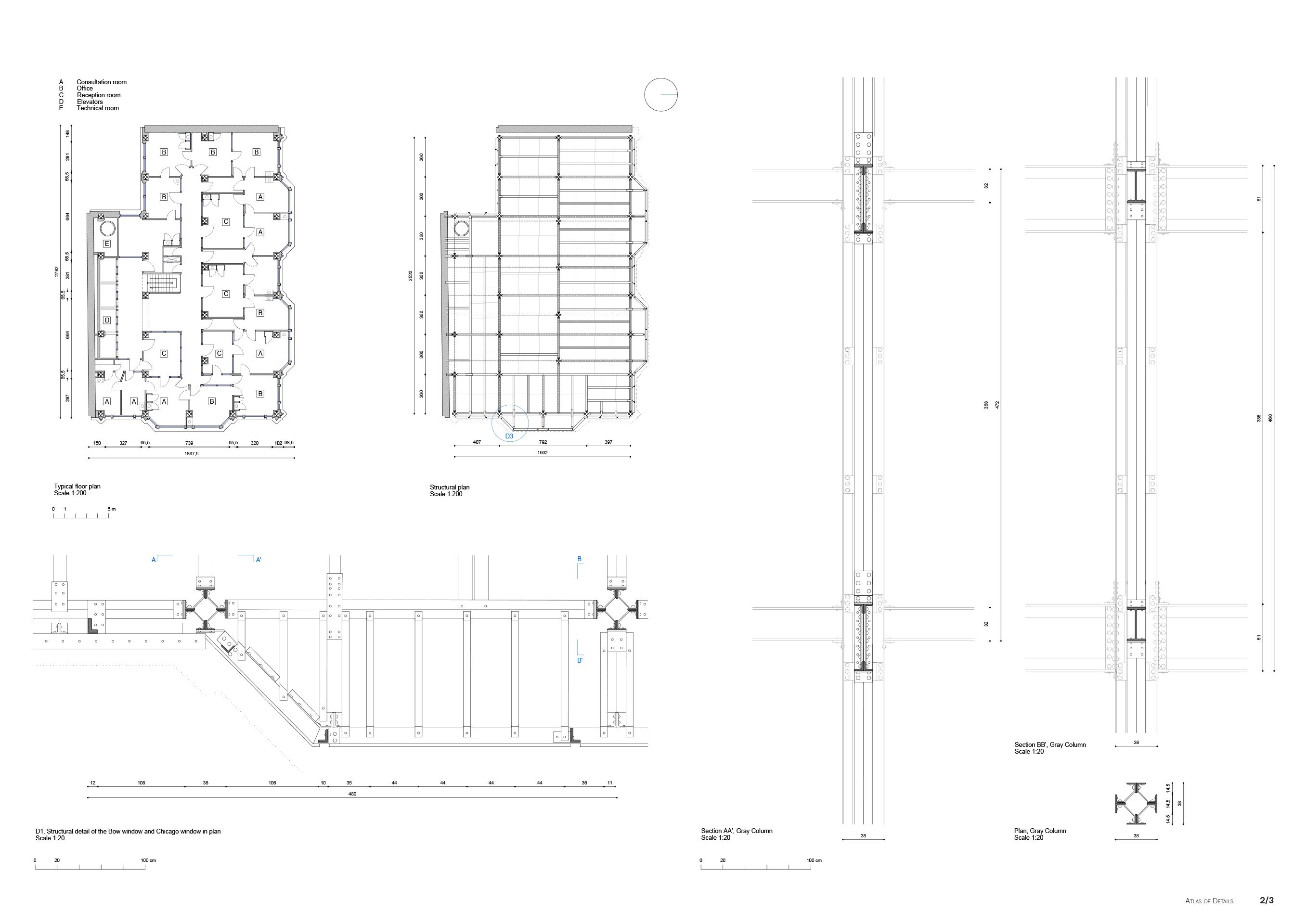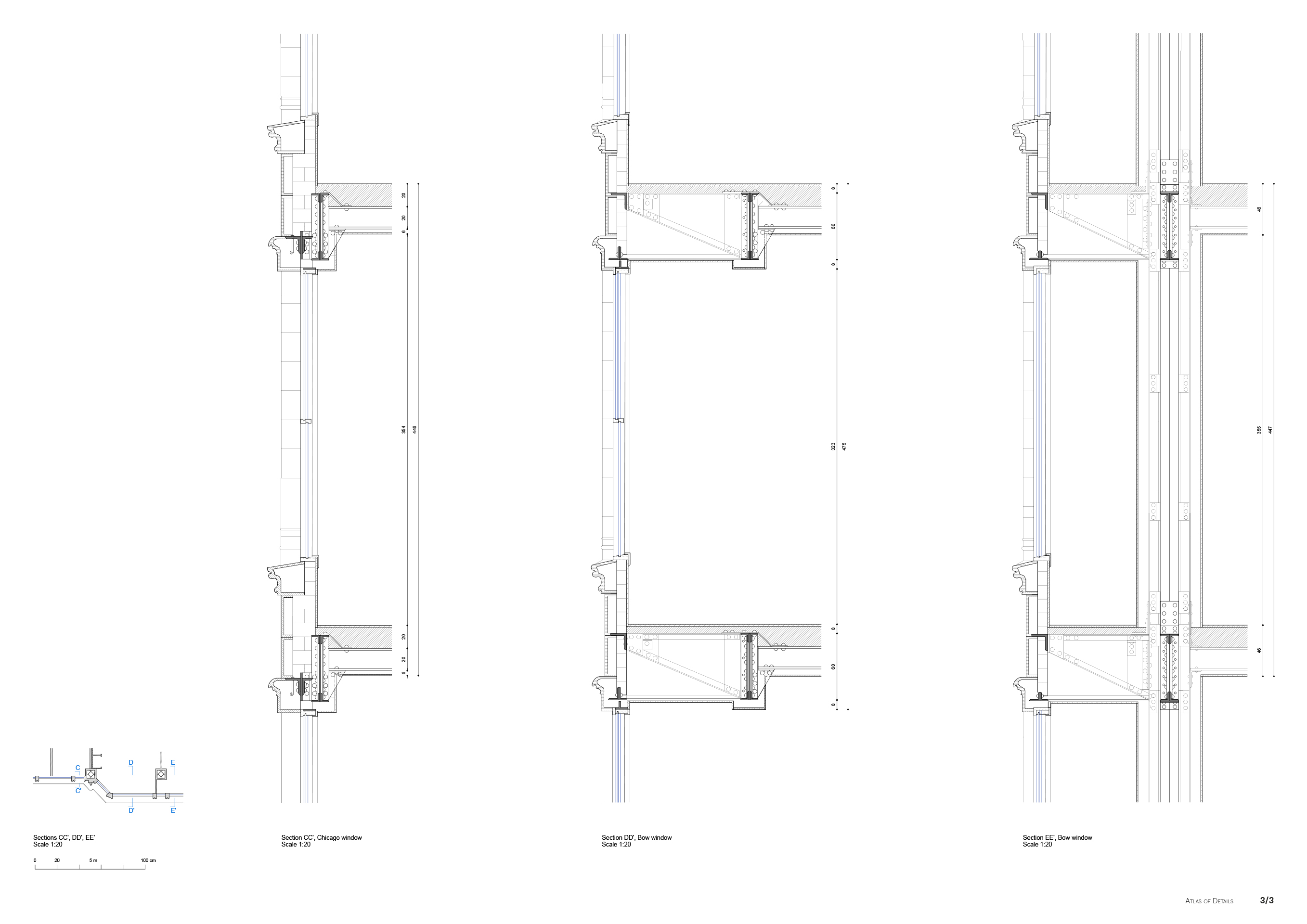Daniel Burnham
“Springs up by magic” – spuntato come per magia, così titolava The Chicago Tribune nel 1894, raccontando le ingegnose vicende costruttive che portarono alla realizzazione in tempi brevissimi del Reliance Building, torre per uffici del distretto commerciale di Chicago. Al tempo la città divenne culla del movimento Chicago School, formato da talentuosi architetti alla ricerca di un linguaggio architettonico per la nuova tipologia del grattacielo che offriva elevate possibilità di sperimentazione tecnologica nella sua ancora inconclusa espressione formale, seppur vincolata dall’influenza speculativa della committenza americana.
Alla sua inaugurazione nel 1895, la nuova torre in vetro e terracotta smaltata brillava bianca fra le costruzioni in mattoni rossi di Chicago, sollevando diverse critiche: ammirato per i suoi inusuali metodi di costruzione, la sua apparente fragilità venne inizialmente etichettata come simbolo della povertà formale dell’era industriale e priva di bellezza estetica. Ancora prima del suo completamento, nel 1894 M. Schuyler lo definì perturbante e, in un saggio del 1896 sul lavoro di Daniel Burnham, descrisse la facciata snella e vetrata dell’edificio come il fallimento del tradizionale ruolo portante del muro. Visto dal critico troppo industriale nella sua costruzione, più simile a un ponte che a un’architettura, lo additava come un’abdicazione all’autorità muraria in favore degli espedienti tecnologici.
Read project record
Architects:
Daniel Hudson Burnham (1846-1912)
John Wellborn Root (1850-1891)
Charles Bowler Atwood (1849-1896)
Name of the building:
Reliance Building
Site:
Washington St.,
Loop Historical Retail Disctrict,
Chicago, Illinois
Client:
William Ellery Hale (1836-1898)
Engineer:
Edward Clapp Shankland (1854-1924)
George A. Fuller (1851-1900)
Other actors:
Baldwin Development Company (restoration project leader)
McClier studio (restoration co-designer)
UBM Inc (restoration co-designer)
T. Gunny Harboe (restoration supervisor)
Start of construction works:
1891
Project variations:
Root’s first version of the project was a 16-th story tower building. Only the ground floor was built before the architect’s premature death. The design work resumed in 1894, but sadly there was no trace left of Root’s drawings of the upper floors. The new project was designed by Atwood, maintaining the structural grid set by Root but using new construction technologies.
End of construction works:
1891 conclusion of ground floor construction works
1894 conclusion of the upper floor construction works
1895 official grand-opening
Restoration:
In 1994 the City of Chicago funded the building’s renovation, which primarily involved the exterior and interior cladding.
Recognition:
1976 designated as Nation Historic Landmark of United States
Construction system:
Iron structure vertically composed of pillars having an H section on the ground floor and gray columns on the upper floors.
The horizontal bracing along the facade is reached through plate girders. The internally placed beams are connected horizontally by tie rods.
The pillars and the structure on the outer edge of the building are covered in terracotta tiles for fireproofing.


